The agricultural and horticultural landscapes of 2025 are characterized by a decisive and necessary pivot toward regenerative practices.
As global awareness of soil degradation, climate instability, and biodiversity loss intensifies, the “No-Dig” or “No-Till” method has transcended its former status as a niche alternative to become a central pillar of modern sustainable cultivation.
This report provides an exhaustive examination of the twenty core benefits of No-Dig gardening, grounded in the latest research, comparative field trials, and economic data available in 2025.
1. Preservation of Mycorrhizal Fungal Networks

The primary biological argument against tillage is the preservation of arbuscular mycorrhizal fungi (AMF).
These fungal networks form symbiotic relationships with plant roots, effectively extending the root system’s reach by orders of magnitude to access water and nutrients that are otherwise chemically or spatially unavailable.
Mechanism of Action: Tillage, even when shallow, acts as a catastrophic event for fungal hyphae—the microscopic filaments that transport nutrients and water. In a tilled system, the plant must expend significant energy to re-establish these connections annually.
In a No-Dig system, these networks remain intact, developing into a mature “Wood Wide Web” that facilitates nutrient exchange not just between fungi and plants, but between plants themselves.
The hyphae effectively effectively effectively bridge the gap between soil pores, accessing phosphorus that is tightly bound to soil particles.
2025 Insight: Recent research highlights the role of glomalin, a glycoprotein produced by AMF, in stabilizing soil aggregates. Tillage-induced disruption of AMF leads to a cessation of glomalin production, causing soil structure to collapse.
In contrast, No-Dig systems show significantly higher populations of beneficial fungi, which correlates directly with enhanced nutrient uptake and carbon storage.
It is now understood that synthetic fertilizers interrupt this mutualistic benefit, meaning that No-Dig systems function best when decoupled from chemical inputs.
Data Point: Studies indicate that undisturbed soils can support fungal networks that provide up to 80% of a plant’s phosphorus intake and 20% of its nitrogen requirements.
Furthermore, these networks provide essential trace minerals like zinc, manganese, and copper, which are often deficient in conventionally tilled crops.
2. Enhanced Soil Aggregation and Aeration

A persistent misconception in traditional horticulture is that soil must be mechanically loosened to allow root penetration and airflow.
In reality, mechanical loosening is temporary, often lasting only weeks or months before gravity and rainfall cause the structureless soil to collapse into a denser state than before.
Natural Tillage: In No-Dig systems, aeration is performed biologically rather than mechanically. Earthworms and soil macro-fauna create permanent, mucus-lined channels (biopores) that allow air and water to penetrate deeply without compromising structural integrity.
These biopores are stable and persist for years, unlike the temporary macropores created by a tiller. The activity of these organisms effectively “fluffs” the soil from the inside out, maintaining a bulk density that is ideal for root proliferation.
Structural Stability: Undisturbed soil particles bind together into stable aggregates, held by glomalin and bacterial exudates.
This granular structure resists compaction from heavy rains—a frequent phenomenon in the volatile weather patterns of the mid-2020s—preventing the surface crusting often seen in tilled gardens.
This crusting in tilled soils acts as a cap, sealing off oxygen and leading to anaerobic conditions that favor pathogens.
3. Optimization of Soil Microbiome Diversity
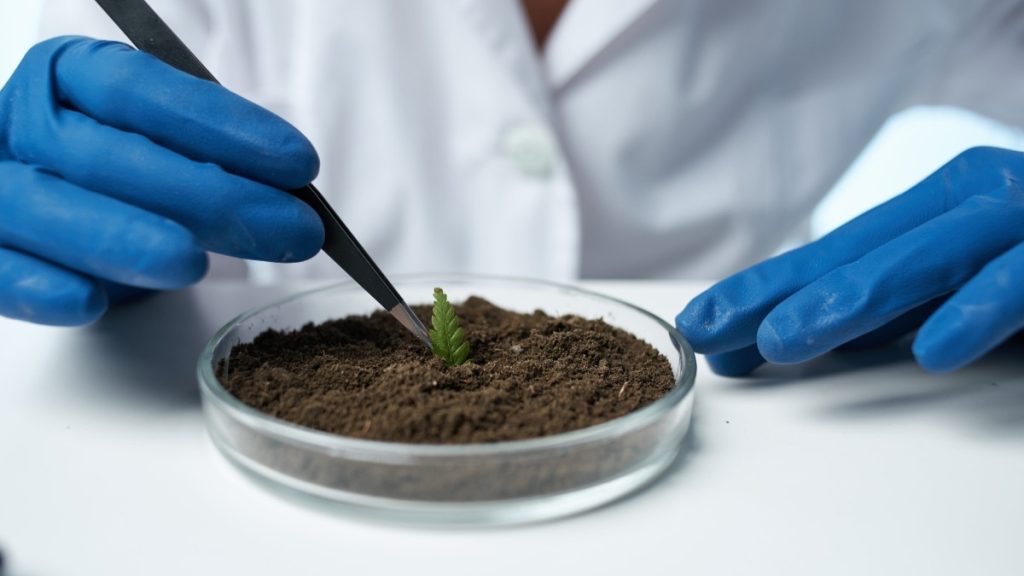
Soil health is defined by the biodiversity of its microbiome, which functions as a digestive system for the earth. Tillage creates a “boom and bust” cycle of bacterial dominance.
The sudden infusion of atmospheric oxygen stimulates a rapid bacterial bloom that consumes organic matter at an accelerated rate, releasing a flush of nutrients but leaving the soil depleted and structurally weak.
Trophic Balance: No-Dig maintains a balanced ratio of fungi to bacteria, which is critical for the succession of higher plants (vegetables and fruits typically prefer a more balanced fungal-bacterial ratio than weeds).
2025 research suggests that this balance suppresses pathogenic organisms by maintaining robust populations of predatory nematodes and protozoa that regulate the ecosystem. In tilled soils, these higher-order predators are often destroyed, allowing population explosions of parasitic nematodes.
Legacy Effects: Long-term trials, such as those at the Kellogg Biological Station (KBS LTER), have shown that the microbial biomass in No-Till systems remains undisturbed and intact.
This creates a resilience buffer that allows the soil to adapt to stressors like salinity or pH fluctuation more effectively than tilled counterparts.
The research indicates that while rotational no-till (tilling occasionally) destroys these gains, continuous no-till preserves them, highlighting the importance of strict adherence to the non-disturbance principle.
4. Deep Carbon Sequestration
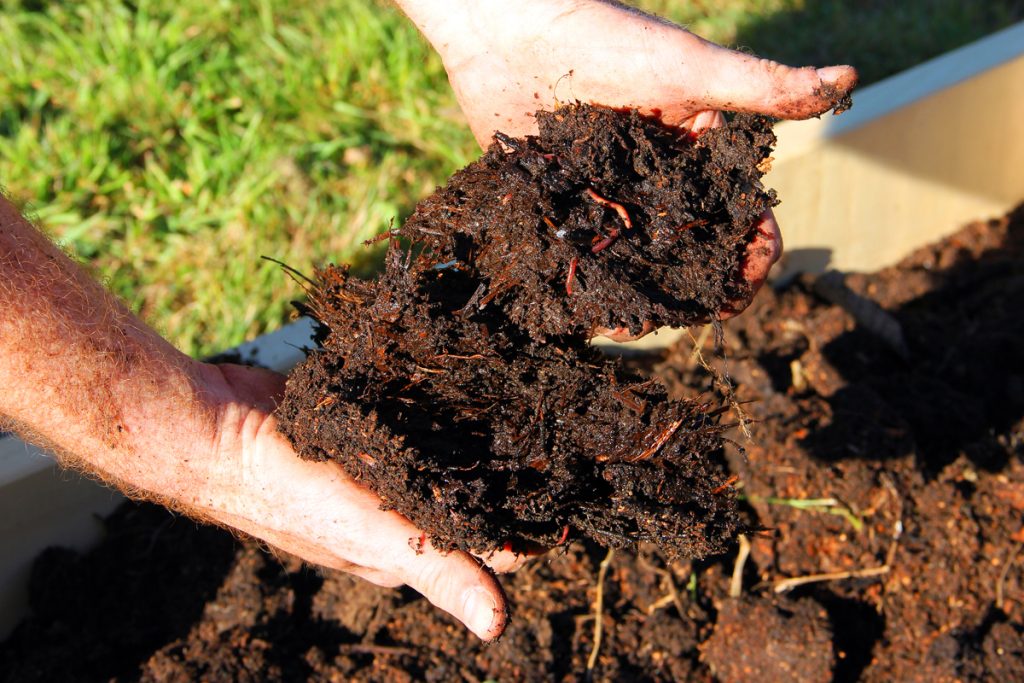
Agriculture has historically been a net emitter of carbon, primarily through the oxidation of soil organic matter during tillage. No-Dig flips this dynamic, turning the garden into a carbon sink.
Sequestration Metrics: Tillage exposes soil organic carbon (SOC) to atmospheric oxygen, resulting in rapid oxidation and the release of CO2. By keeping the soil covered and undisturbed, No-Dig practices sequester carbon at significantly higher rates.
Data from USDA and independent studies suggest that regenerative no-till practices can reduce greenhouse gas emissions by roughly 10-25% compared to conventional methods, while simultaneously increasing SOC stocks.
The 2025 Outlook: With carbon markets expanding, the ability of small-scale growers to sequester carbon is becoming a quantifiable asset. The stable carbon fractions formed in No-Dig systems (humus) are less susceptible to degradation than the labile carbon fractions found in tilled soils.
However, it is crucial to distinguish between “conventional no-till” (which often relies on herbicides and occasional tillage) and organic regenerative No-Dig. USDA data reveals that 80% of “no-till” acres are actually tilled periodically, which negates the carbon benefits.
True No-Dig, as advocated by Dowding and practiced in regenerative organic systems, avoids this periodic disruption, ensuring the carbon remains locked in the soil profile.
5. Natural Fertility Cycling and Mineralization
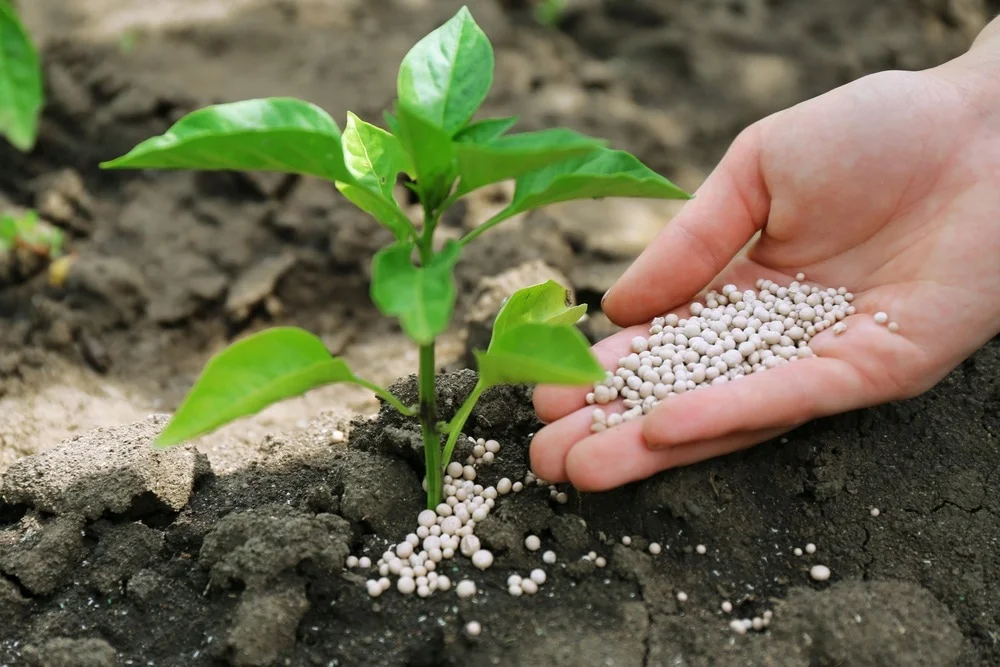
No-Dig gardening relies on the “law of return,” where organic matter applied to the surface mimics the natural nutrient cycling found on a forest floor.
Nutrient Availability: In tilled systems, nutrients are often locked away in subsoil layers or leached out due to poor structure. In No-Dig, the surface mulch is slowly incorporated by soil fauna, providing a slow-release fertilizer that matches plant uptake rates.
This process mimics the natural decay of leaf litter, ensuring that nutrients are mineralized by microbes exactly when plants need them.
Evidence: Charles Dowding’s long-term trials at Homeacres demonstrate that No-Dig beds yield consistently higher harvests with lower compost inputs over time, contradicting the belief that heavy fertilization is required.
This efficiency derives from the biological mineralization of nutrients, making them more bioavailable to plant roots.
Furthermore, 2025 data suggests that the mycelial threads in undisturbed soil are more efficient at foraging for nutrients in dry conditions than roots in loosened soil, effectively increasing the “fertile zone” of the garden.
6. Superior Water Retention Capacity

The relationship between organic matter and water retention is linear and profound, acting as a critical insurance policy against increasingly erratic rainfall patterns.
The Sponge Effect: Organic matter can hold up to 20 times its weight in water. No-Dig soils, rich in humus and surface mulch, act as a sponge. Groundbreaking research published in late 2024 and 2025 highlights the molecular mechanisms where carbohydrates in organic matter form “sticky bridges” with soil minerals.
These bridges create a microstructure that locks in moisture even under desert-like conditions, preventing evaporation while still allowing availability to roots.
Impact on Irrigation: Growers utilizing No-Dig methods report a reduction in irrigation requirements by up to 30% due to reduced evaporation (provided by the mulch cover) and increased holding capacity (provided by the soil structure).
This is particularly effective in sandy soils, where the addition of organic matter fundamentally alters the hydraulic conductivity, allowing free-draining soil to retain necessary moisture.
7. Mitigation of Soil Erosion
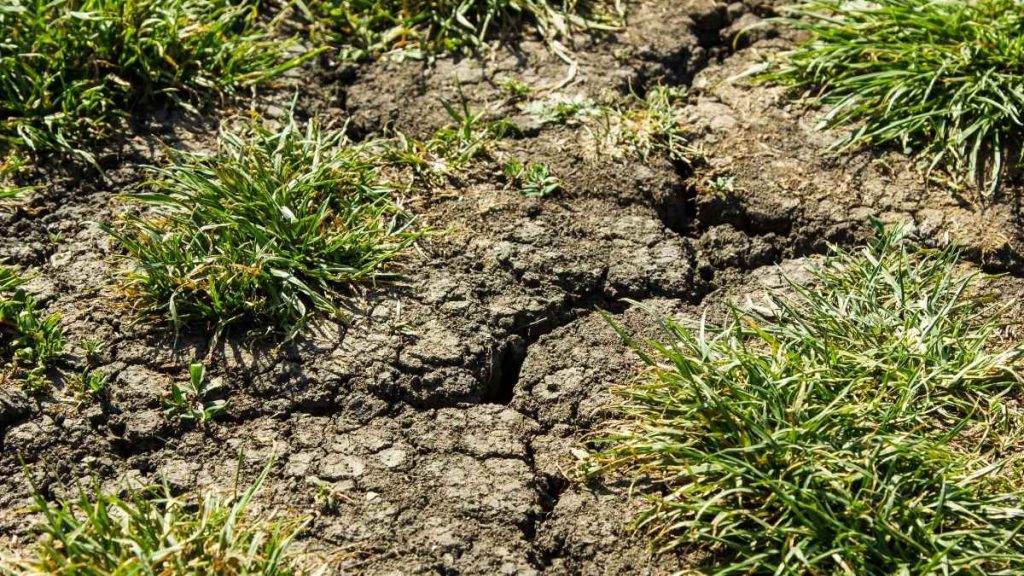
Erosion strips the most fertile layer of topsoil, a crisis exacerbated by extreme weather events. Conventional tillage leaves soil bare and vulnerable to wind and water scour.
Armor on the Soil: No-Dig keeps the soil permanently covered, either by living crops or organic mulch. This cover intercepts raindrop impact—which dissipates the kinetic energy that would otherwise dislodge soil particles—preventing the detachment of soil aggregates.
Reduction Statistics: USDA and related extension data indicate that No-Till farming can reduce soil erosion by more than 90% compared to conventional tillage.
This preservation of topsoil is critical for long-term sustainability and prevents the sedimentation of local waterways, addressing a major environmental externality of agriculture.
8. Thermodynamic Regulation and Early Warming
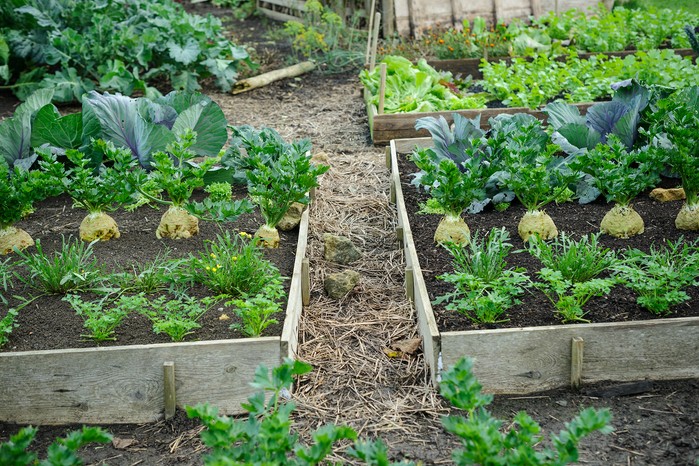
One of the nuanced benefits of No-Dig is its thermal properties, which allow for an extended growing season.
Thermal Conductivity: While a common critique is that mulched soil warms slowly in the spring due to insulation, the biological activity in No-Dig soil generates metabolic heat.
Furthermore, the dark color of compost mulches increases solar absorption (albedo effect), which can offset the insulating properties.
Spring Advantage: Comparative trials show that established No-Dig beds can be planted earlier in the spring. Unlike tilled soil, which may be waterlogged and unworkable (plastic) for weeks, the superior drainage of No-Dig allows for earlier access without damaging soil structure.
Charles Dowding notes that No-Dig beds often warm up more quickly because the soil zones remain unbroken, facilitating better thermal transfer from the surface to the root zone.
To further accelerate warming in northern climates, growers in 2025 are utilizing “occultation” tarps not just for weeds, but to pre-warm beds by trapping solar gain before planting.
9. Climate Extremes Buffering
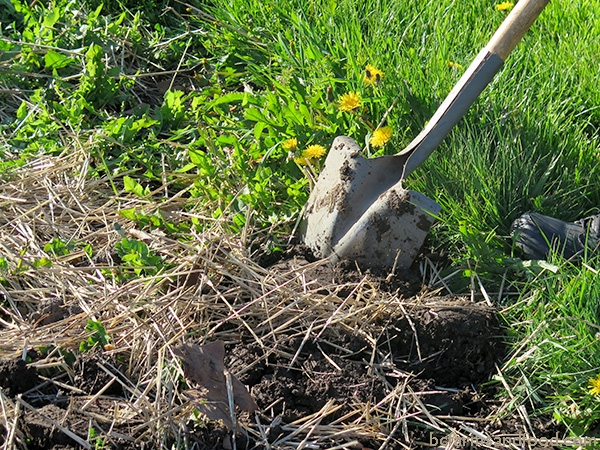
The structural integrity of No-Dig soil provides a buffer against climatic volatility, protecting crops from the “whiplash” of weather events.
Flood Resistance: During heavy rainfall events, the vertical macropores created by worms and decaying roots in No-Dig soil act as drainage pipes, allowing for rapid infiltration. This prevents surface pooling and root rot (hypoxia), which destroys crops in compacted or pulverized tilled soils.
Drought Resistance: Conversely, during dry spells, the high organic matter content retains capillary water availability for longer periods. The integration of innovative amendments like wool pellets in 2025 has further enhanced this.
Wool pellets can hold 3 times their weight in water and slowly release it, while also expanding to increase soil porosity, creating a dual-action buffer against moisture stress.
10. Reduction of Greenhouse Gas Emissions

Beyond sequestration, No-Dig actively reduces the emission profile of gardening and farming.
Fuel and Energy: By eliminating the need for rototilling or plowing, fossil fuel consumption is drastically cut.
Estimates suggest that across the U.S., reduced tillage saves hundreds of millions of gallons of diesel annually. For the smallholder or gardener, this translates to a reduction in “embodied energy” for every calorie of food produced.
Chemical Reduction: The reduced need for synthetic nitrogen fertilizers (which degrade into potent nitrous oxide, a greenhouse gas 300 times more potent than CO2) further lowers the carbon footprint of the No-Dig system.
By relying on biological nitrogen fixation and mineralization, the system decouples food production from the energy-intensive Haber-Bosch process.
11. Quantifiable Yield Increases
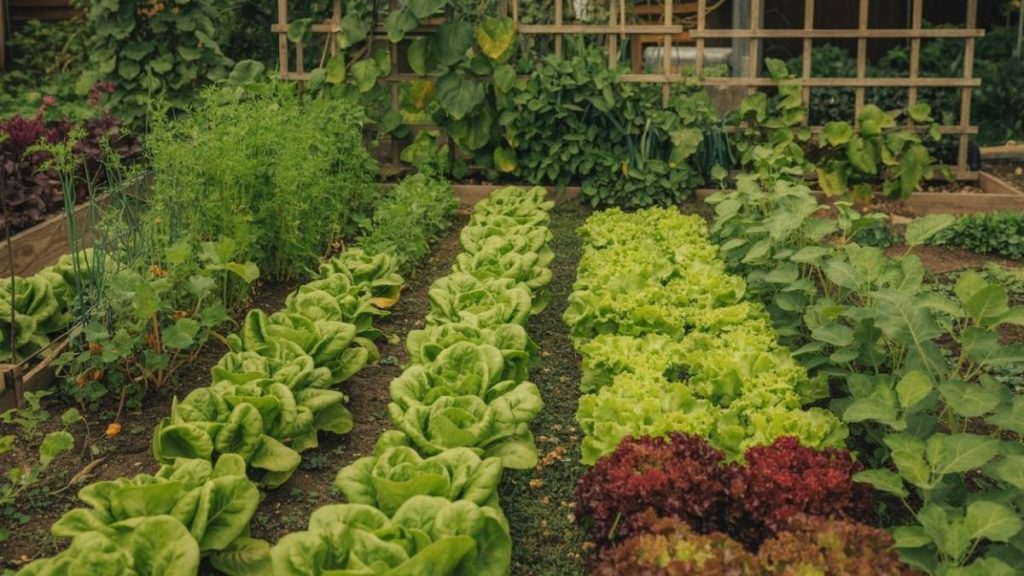
The “yield gap” between organic and conventional agriculture is closing, and in No-Dig systems, it often reverses, particularly over time as soil health compounds.
Long-Term Data: Charles Dowding’s famous “Three Strip Trial” and “Two Bed Trial” have provided over a decade of rigorous comparative data. In the 2024/2025 results, the No-Dig beds consistently outperformed the dug beds.
For instance, a specific harvest comparison showed 56.3 kg of produce from a No-Dig bed versus 53.1 kg from a dug bed planted identically with the same compost inputs.
Over a 10-year aggregate, this amounts to roughly 10% higher yields for No-Dig. Crucially, this increase occurs with less compost required over time, as the soil’s in.herent fertility engine becomes self-sustaining.
Consistency and Resilience: The data also indicates that No-Dig beds show less fluctuation in yield during “bad” weather years.
In years of drought or extreme wet, the biological buffer ensures a harvest where tilled systems might fail completely. This stability is a critical component of food security for home growers and market gardeners alike.
12. Nutrient Density and Bioavailability
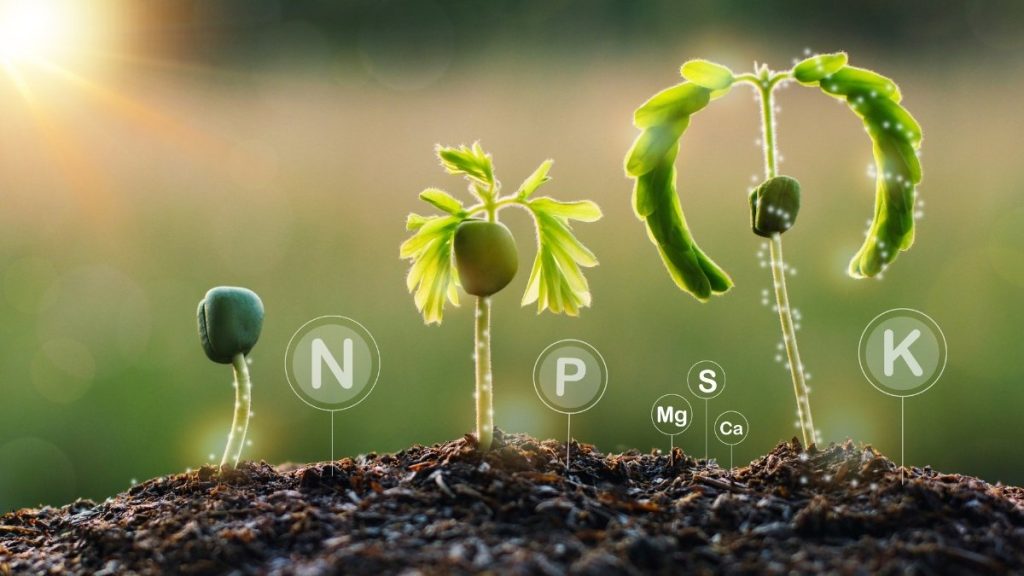
In the 21st century, the metric of “yield” has expanded to include nutrient density, addressing the phenomenon of “hidden hunger” where high-calorie crops lack essential micronutrients.
The Dilution Effect: Conventional high-yield agriculture often results in nutrient dilution, where rapid growth outpaces the plant’s ability to uptake minerals. Regenerative No-Till practices, however, have been linked to higher phytochemical density.
2025 Research: Studies indicate that the undisturbed fungal networks in No-Dig soils facilitate the uptake of immobile micronutrients (such as zinc and copper) and the synthesis of secondary metabolites (antioxidants).
Research comparing organic vs. conventional produce has found significant differences; for example, organically produced jujube fruit showed significantly higher content of pigments, sugars, and organic acids.
While some conventional systems may produce higher protein content in specific contexts, the overall “health-promoting value” and secondary metabolite profile are consistently superior in biologically active, regenerative soils.
13. Weed Suppression via Occultation and Exhaustion
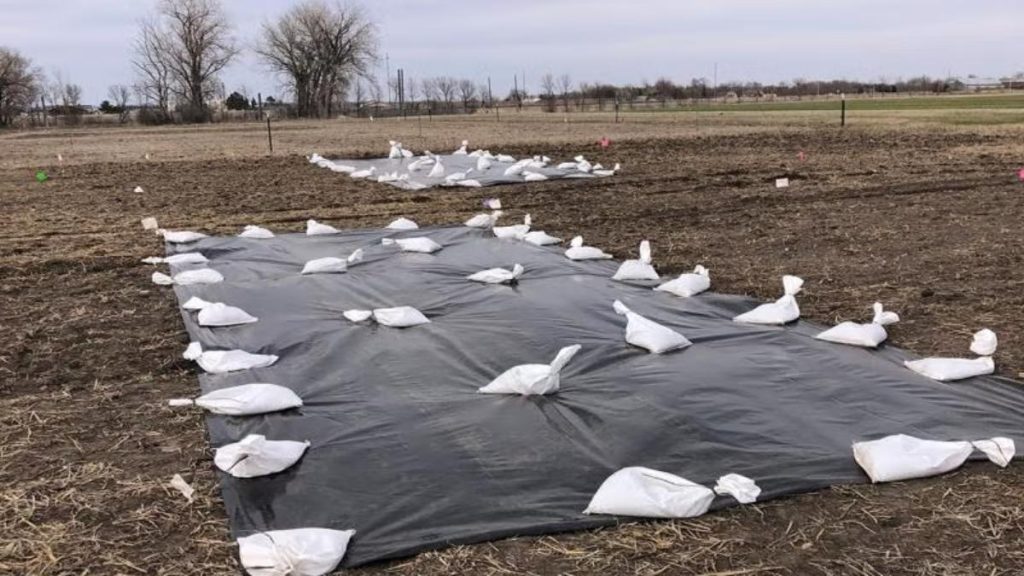
Weed management is universally cited as the primary labor cost and frustration in organic growing. No-Dig converts this from an active battle to a passive management strategy, fundamentally changing the grower’s relationship with unwanted vegetation.
Stale Seedbed and the Seed Bank: Tillage is the primary cause of weed proliferation because it brings dormant weed seeds from the “seed bank” (deep soil) to the surface, where exposure to light triggers germination.
No-Dig operates on the principle of keeping the seed bank buried. By never inverting the soil, ancient seeds remain dormant.
Occultation: A major trend in 2025 is the use of “occultation” using silage tarps. This technique involves covering the soil with UV-stabilized, black-on-one-side tarps for several weeks.
This creates a warm, moist, dark environment that encourages weed seeds in the top layer to germinate, only to die immediately from light deprivation. This depletes the surface seed bank without any physical disturbance.
The tarps also warm the soil for early planting and encourage earthworms to surface and consume surface residue.
Weedless Gardening Methodology: As described by Lee Reich in his seminal work “Weedless Gardening,” the strategy relies on top-down decay.
By mimicking nature, where leaves fall on top of the soil, the gardener applies mulch that suffocates existing weeds while providing a clean medium for planting.
Reich’s method emphasizes that this must be a permanent protocol; even a single tillage event can reset the clock by bringing seeds to the surface.
14. Reduction of Pest Pressure through Ecological Balance

A healthy soil biome confers resistance to plants, reducing the need for intervention.
The Brix Connection: Plants grown in biologically active soil often have higher Brix (sugar) levels.
While counterintuitive, high Brix levels indicate robust mineral density and complex carbohydrate structures that are actually indigestible to many simple sucking insects (like aphids), which prefer the simple sugars found in stressed or chemically fertilized plants.
Predator Habitat: No-Dig gardens provide habitat for beneficial insects (ground beetles, centipedes, spiders) that consume pests like slugs and aphids.
While slugs can be a challenge in mulched systems (as mulch provides shelter), the concurrent increase in predator populations establishes a dynamic balance over time. In tilled systems, these predator lifecycles are disrupted, leading to unchecked pest outbreaks.
2025 Solution – Wool Pellets: To address the specific challenge of slugs in No-Dig systems, 2025 has seen the widespread adoption of wool pellets.
These pellets expand when wet to form a fibrous mat that is abrasive and desiccating to slugs, providing an effective organic barrier that eventually degrades into nitrogen fertilizer.
15. Extended Growing Seasons and Relay Planting

No-Dig allows for continuous cropping, maximizing the caloric output of a given square footage.
Interplanting and Relay: Because the soil is not tilled between crops, new transplants can be inserted immediately after—or even before—the previous crop is finished (relay planting).
This maximizes the photosynthetic capture of the garden area. For example, fennel can be interplanted between cucumbers in late summer, or salads planted between brassicas.
Winter Cropping: The structural stability of the beds allows for late autumn sowings that would be impossible in waterlogged, tilled ground. Dowding’s 2025 planting schedules validate the success of sowing spinach, lambs lettuce, and winter purslane in late autumn.
These crops establish root systems in the warm, undisturbed soil and survive winter temperatures (with reports of spinach surviving -18°C) to provide the “hungry gap” harvest in early spring.
16. Economic Efficiency (CAPEX vs. OPEX)
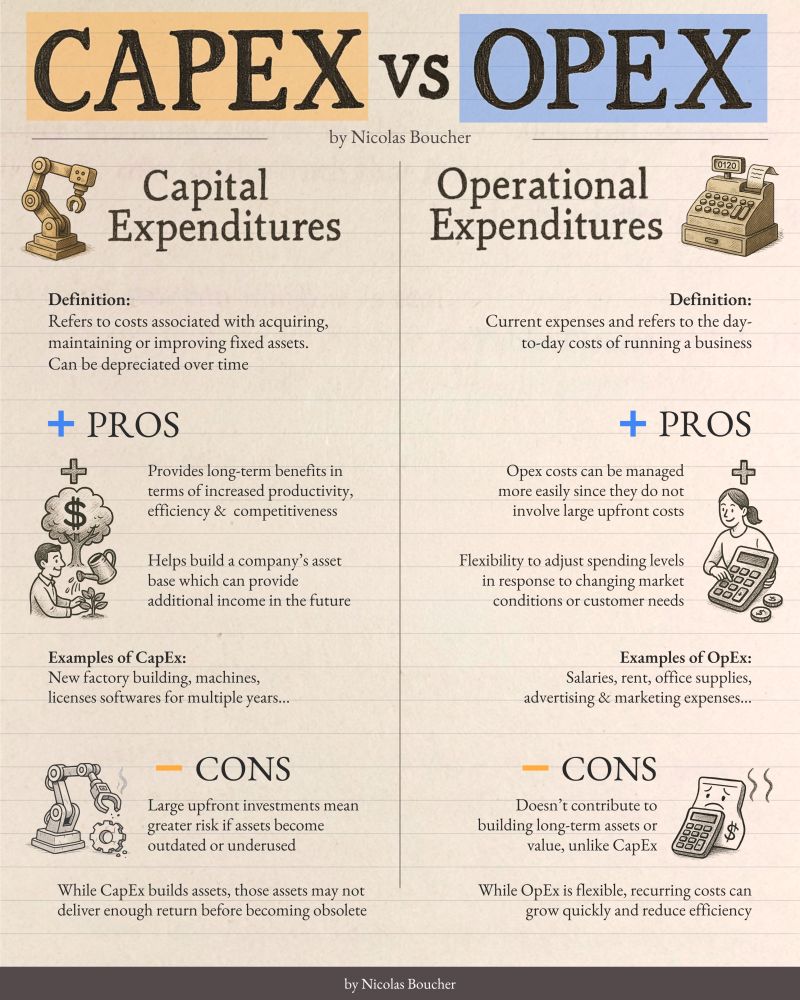
While No-Dig may require an initial investment in compost or infrastructure (Capital Expenditure – CAPEX), the long-term Operational Expenditures (OPEX) are significantly lower, creating a favorable return on investment.
Input Reduction: There is no need for expensive rototillers, fuel, or the annual replacement of tines and belts. The primary input is compost, which can often be sourced locally or produced on-site. Over time, the volume of compost required decreases as soil organic matter stabilizes.
ROI and Market Viability: Economic analyses of small-scale regenerative farms show that No-Till systems become more profitable than tilled systems after the initial transition period.
This is driven largely by the reduction in fuel and labor costs. USDA data suggests that switching to no-till saves over 3 gallons of fuel per acre, which scales to thousands of dollars for larger operations.
On a micro-scale, case studies of home gardens show production values nearing $2,000 annually from small plots (approx. 550 sq ft), vastly outpacing the input costs of seeds and compost, provided the grower avoids “gadgetry” and focuses on soil health.
Community garden studies in San Jose further validate this, showing significant cost savings on grocery bills for participants using bio-intensive, low-till methods.
17. Labor Reduction and Physical Accessibility

Gardening is physically demanding, but No-Dig alters the nature of the work, shifting it from high-intensity bursts to low-intensity maintenance.
Ergonomics: Digging is high-impact work prone to causing musculoskeletal injury. Spreading mulch is low-impact and ergonomic. This difference makes No-Dig accessible to older populations or those with limited mobility, a crucial factor as the gardening demographic ages.
Time Savings: Without the need to dig or weed intensively, maintenance time is cut drastically. 2025 trends highlight “Easy Gardens” and “Low Maintenance” as key drivers for new gardeners entering the space. By eliminating the “drudgery” of weeding and digging, the barrier to entry is lowered.
18. Integration with 2025 Ag-Tech

No-Dig is not a rejection of technology; it is highly compatible with the emerging “Smart Garden” ecosystem of 2025.
Smart Systems and AI: The rise of AI-driven gardening apps (such as Plantix, Farmonaut, and SoilLife Analyzer) allows No-Dig growers to monitor soil health with unprecedented precision.
These tools can analyze leaf tissue for deficiencies or track soil moisture levels via sensors, preventing over-watering and optimizing mulch applications. The data-driven approach ensures that the “Law of Return” is applied accurately, avoiding nutrient loading or runoff.
Robotics: New lightweight weeding robots are being designed that navigate uneven, mulched terrain.
Unlike traditional agricultural robots that require perfectly flat, tilled beds, these adaptive units use cameras and AI to identify weeds in a polyculture, further reducing the labor burden without disturbing the soil structure.
19. Biodiversity & Ecosystem Services
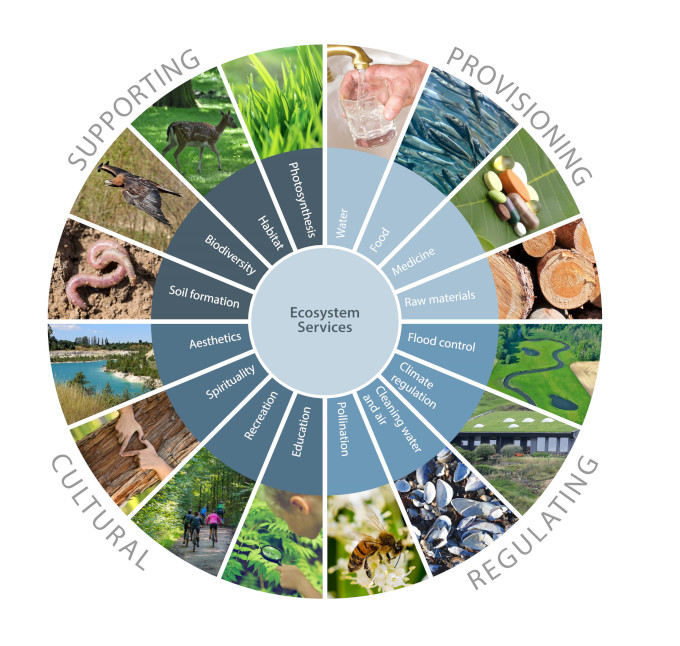
Gardens are increasingly viewed not just as production units, but as conservation corridors.
Wildlife Support: No-Dig gardens support a wider range of biodiversity, from soil microbes to birds. The undisturbed surface organic matter provides winter shelter for pollinators, beetles, and other beneficial wildlife.
The “Food Forest” concept, which is inherently no-dig, is gaining traction as a way to integrate perennial production with wildlife habitat.
Pollinator Trends: 2025 gardening trends heavily favor pollinator-friendly practices. No-Dig naturally aligns with this by discouraging chemical use (which harms pollinators) and promoting diverse polycultures that offer forage throughout the season.
20. Aesthetic and Community Value
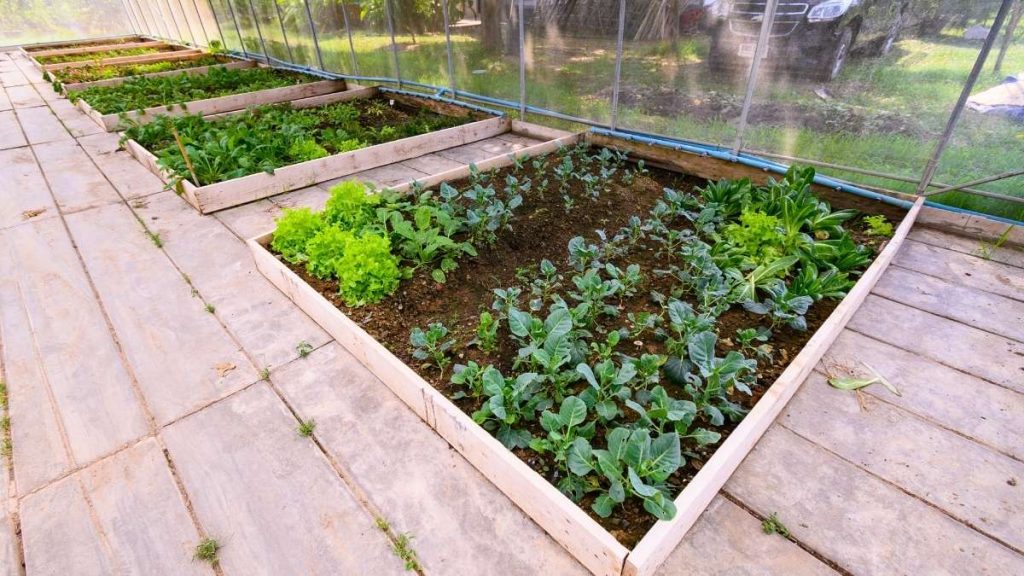
The “No-Dig” aesthetic—clean beds, rich dark compost, abundant growth—has social currency and community benefits.
Urban Regeneration: In urban settings, No-Dig is the preferred method for reclaiming vacant lots (e.g., Guerilla Gardening). Because it builds soil over contaminated or compacted ground rather than trying to fix it, it allows for immediate cultivation in areas that would otherwise be unsuitable.
This capability is vital for the “reclaiming urban spaces” trend identified in 2025 urban planning reports.
Mental Wellbeing: The reduction of physical strain and the increase in biodiversity shifts the gardening experience from a chore to a therapeutic activity.
The 2025 focus on “Mental Well-Being in the Garden” is directly supported by a method that encourages observation and gentle maintenance over aggressive intervention.
Key Implementation Tools for 2025
Silage Tarps: The definitive tool for occultation. Use UV-stabilized, 5-6 mil tarps (black side down) to terminate cover crops or clear weeds without tillage. These are distinct from hardware store plastic, which degrades and pollutes soil. The tarp creates the “stale seedbed” efficiently.
Wool Pellets: A dual-function amendment gaining traction in 2025. Use as a slug deterrent barrier and a slow-release nitrogen/potassium source. They hold 3x their weight in water, buffering the soil against heatwaves. This utilizes a waste product (low-grade wool) to solve a horticultural pest problem.
The Broadfork: For those transitioning from compacted ground, the broadfork allows for deep aeration without inversion. It lifts and fractures the subsoil, allowing air entry and drainage, but does not mix the layers or break fungal hyphae.
2025 reviews highlight models like the “Meadow Creature” for their durability in heavy clay soils, offering a “one-time” intervention to establish beds.
Peat-Free Composts: With peat bans looming or active in the UK and parts of the EU/US, utilizing wood-fibre, green waste, and coir-based composts (e.g., Melcourt, Dalefoot, Fertile Fibre) is essential.
These modern mixes are optimized for No-Dig surface mulching and avoid the environmental degradation associated with peat extraction.
Transition Strategy: The Cardboard Method
For existing gardens or new plots, the “cardboard and compost” method remains the gold standard in 2025.
- Mow: Cut existing vegetation to the ground.
- Cover: Apply a layer of cardboard (remove tape/staples) directly over weeds. This blocks light, killing the vegetation underneath.
- Mulch: Apply 4-6 inches of well-rotted compost immediately on top.
- Plant: Sow or transplant directly into the compost. By the time the plant roots reach the cardboard, it will have softened or decomposed, allowing access to the dying sod below.
- Maintenance: Re-apply 1 inch of compost annually to maintain the system. This strategy, advocated by Hafferty and Dowding, bypasses the need for herbicides or heavy machinery entirely.
Conclusion
The evidence gathered for 2025 presents an incontrovertible case: No-Dig gardening is not merely a stylistic preference but a technological and ecological upgrade to food production.
The twenty benefits outlined in this report—ranging from the microscopic preservation of fungal hyphae to the macroscopic reduction of global carbon emissions—demonstrate that the most effective way to cultivate the earth is, paradoxically, to stop cultivating it.
The method addresses the tripartite crisis of modern agriculture: soil degradation, climate instability, and economic viability. By adopting No-Dig practices, growers align themselves with the physiological realities of the soil biome.
They leverage the “free labor” of earthworms and fungi, reduce their reliance on petrochemical inputs, and insulate their yields against the vagaries of a changing climate.
The distinction between “industrial no-till” (often a misnomer reliant on chemistry) and “regenerative no-dig” (reliant on biology) is stark. The latter represents a true paradigm shift.
As we move deeper into the mid-21st century, the question is no longer why one should stop digging, but rather how quickly one can transition to a system that is regenerative by design, resilient by nature, and productive by default.


